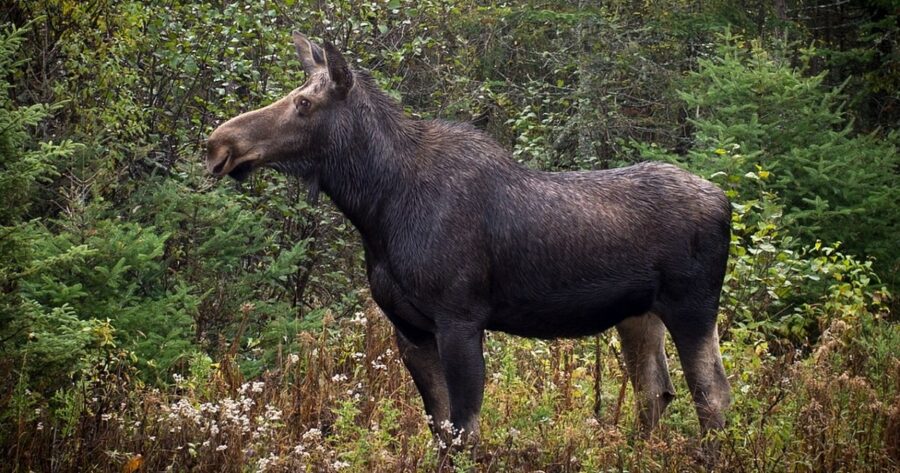Why Do Moose Shed Their Antlers?
- Kingston Bailey
- D.O.C Supplements - Trending News
- Environment
- January 20, 2023

Moose, also known as Alces alces, are large mammals found in the northern hemisphere. They are known for their impressive antlers, which can grow up to six feet in width. However, these antlers are not permanent fixtures on a moose’s head. Instead, they are shed annually and regrown each year.
Within the last couple of weeks, multiple videos have surfaced showing Moose shedding their antlers, which have sparked the question, why?
The first reason why moose shed their antlers is that they are not necessary for survival during the winter. Antlers are used primarily for mating and territorial disputes, which do not occur during the winter months. Moose also use less energy to survive the winter without antlers.
Another reason is that antlers are costly to maintain. Growing antlers requires a significant amount of energy and nutrients, which are in short supply during the winter. By shedding their antlers, moose can redirect this energy and nutrients toward survival during the harsh winter months.
Another reason for shedding antlers is that it allows for the regrowth of new antlers. Moose antlers are made of living tissue and are constantly growing. They reach their full size by late summer and start to harden. After the mating season, the moose will shed their antlers and start to grow new ones.
In addition to these reasons, the shedding of antlers also allows for the natural aging process in moose populations. Antler size and shape can indicate a moose’s age and health, so shedding and regrowing antlers allows for the population to be constantly replenished with healthy individuals. These large mammals are fascinating creatures, and their annual shedding and regrowing of antlers are just one of the many interesting aspects of their biology.








